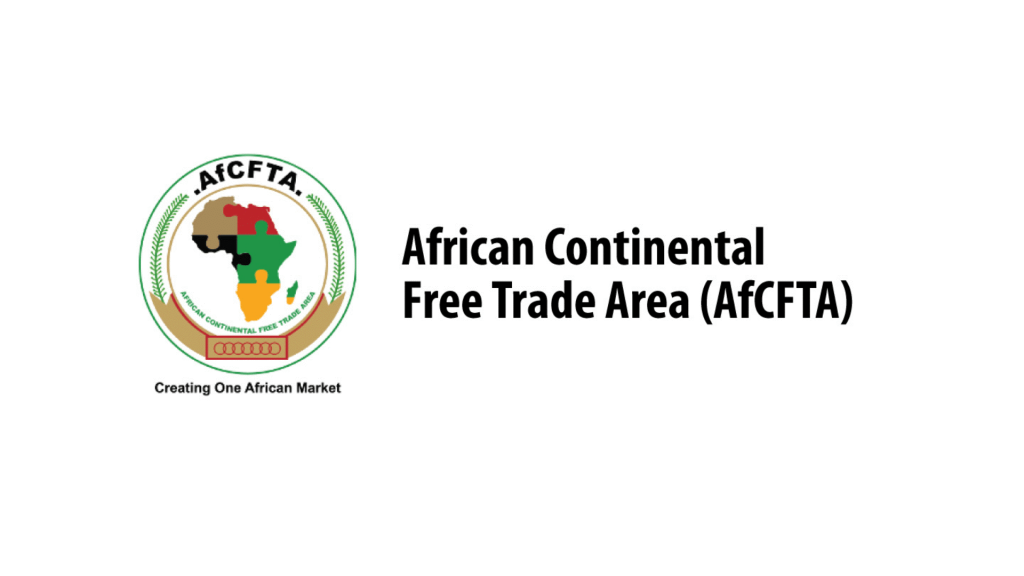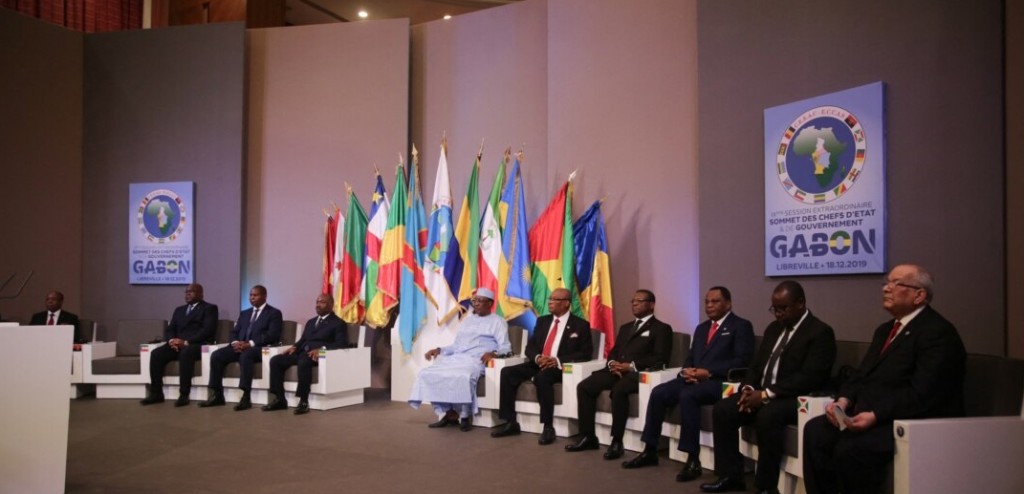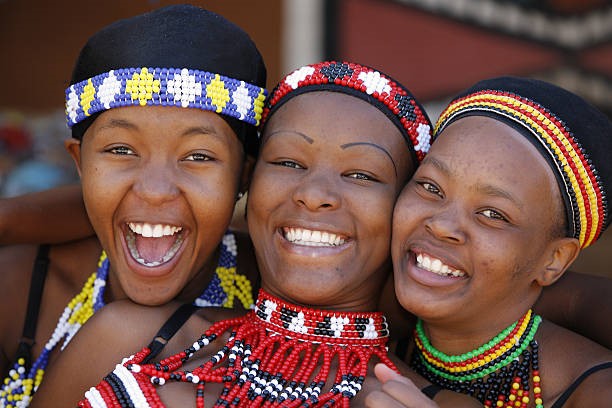Azevedo, M. J. (2019). The Roots of the Atlantic Slave Trade: African Agency and the African Economy in Medieval Senegambia and Guinea. Cambridge University Press.
Camara, I. (2012). Historical Dictionary of the Republic of Guinea-Bissau. Scarecrow Press.
Hunwick, J. O. (2003). The Almoravid and Almohad Empires. Edinburgh University Press.
International Crisis Group. (2007). Mauritania’s Elections: Continuity and Change. International Crisis Group.
Levtzion, N., & Hopkins, J. F. P. (2000). Corpus of early Arabic sources for West African history. Markus Wiener Publishers.
Moser, J. (2015). Political Stability in Mauritania. Lexington Books.
Mohameden, A. (2013). Slavery in Mauritania: A Historical Overview. Open Journal of Political Science, 3(02), 173-180.
Central Intelligence Agency. (2022). Africa: Mauritania. In The World Factbook. Retrieved March 18, 2023, from https://www.cia.gov/the-world-factbook/countries/mauritania/
Embassy of the Islamic Republic of Mauritania. (2020). Geography. Retrieved March 18, 2023, from http://mauritaniaembassy.us/geography/
Google Maps. (n.d.). Nouakchott, Mauritania. Retrieved March 18, 2023, from https://www.google.com/maps/place/Nouakchott,+Mauritania/@18.0791,-15.9805,11z/
Intergovernmental Panel on Climate Change (IPCC). (2021). Climate Change 2021: The Physical Science Basis. Cambridge University Press. https://www.ipcc.ch/report/ar6/wg1/
Central Intelligence Agency. (2022). Mauritania. In The World Factbook. Retrieved March 22, 2022, from https://www.cia.gov/the-world-factbook/countries/mauritania/
Ethnologue. (2022). Mauritania. Retrieved March 22, 2022, from https://www.ethnologue.com/country/MR
World Atlas. (2022). Languages Spoken in Mauritania. Retrieved March 22, 2022, from https://www.worldatlas.com/articles/languages-spoken-in-mauritania.html
African Development Bank Group. (2019). Mauritania: Country Strategy Paper 2019-2023. Retrieved from https://www.afdb.org/en/documents/document/mauritania-country-strategy-paper-2019-2023-100348
Food and Agriculture Organization of the United Nations. (2021). The State of Fisheries and Aquaculture in Mauritania 2020. Retrieved from http://www.fao.org/3/ca9397en/ca9397en.pdf
Mining Technology. (2021). Tasiast Gold Mine, Inchiri, Mauritania. Retrieved from https://www.mining-technology.com/projects/tasiast-gold-mine-inchiri-mauritania/
Institute of International Education. (2021). Mauritania. Open Doors Report on International Educational Exchange. https://opendoorsdata.org/data/international-students/state-profiles/mauritania/
U.S. Department of State. (2023). Critical Language Scholarship Program. Bureau of Educational and Cultural Affairs. https://clscholarship.org/
UNESCO. (1996). Old Towns of Djenné. Retrieved from https://whc.unesco.org/en/list/116
UNESCO. (1989). Banc d’Arguin National Park. Retrieved from https://whc.unesco.org/en/list/506
Lonely Planet. (2021). Mauritania. Retrieved from https://www.lonelyplanet.com/mauritania
Africa.com. (2018). Top 10 foods to try in Mauritania. Retrieved from https://www.africa.com/top-10-foods-to-try-in-mauritania/
Culture Trip. (2018). The 10 best Mauritanian dishes you need to try. Retrieved from https://theculturetrip.com/africa/mauritania/articles/the-10-best-mauritanian-dishes-you-need-to-try/
Lonely Planet. (n.d.). Food and drink. Retrieved from https://www.lonelyplanet.com/mauritania/eating/a/poi-eat/355482
Adamo, D. (2018). The importance of cultural festivals: A case study of Mauritania. Journal of Tourism & Hospitality, 7(3), 1-7.
Levtzion, N., & Pouwels, R. L. (2000). The history of Islam in Africa. Ohio University Press.
Cissé, A. (2017). Modesty and identity in Mauritanian dress codes. Journal of African Cultural Studies, 29(1), 111-124. doi:10.1080/13696815.2016.1274159
Dia, M. (2016). The significance of dress codes in Mauritanian culture. Journal of Islamic Studies, 27(2), 117-129. doi:10.1093/jis/etw029




